

Damion Smy
Chinese vacuum cleaner maker teases 1000hp electric supercar
27 Minutes Ago
Brakes are one of the most fundamental mechanical aspects of a car. What types are currently offered, and what innovations have we seen?

Contributor
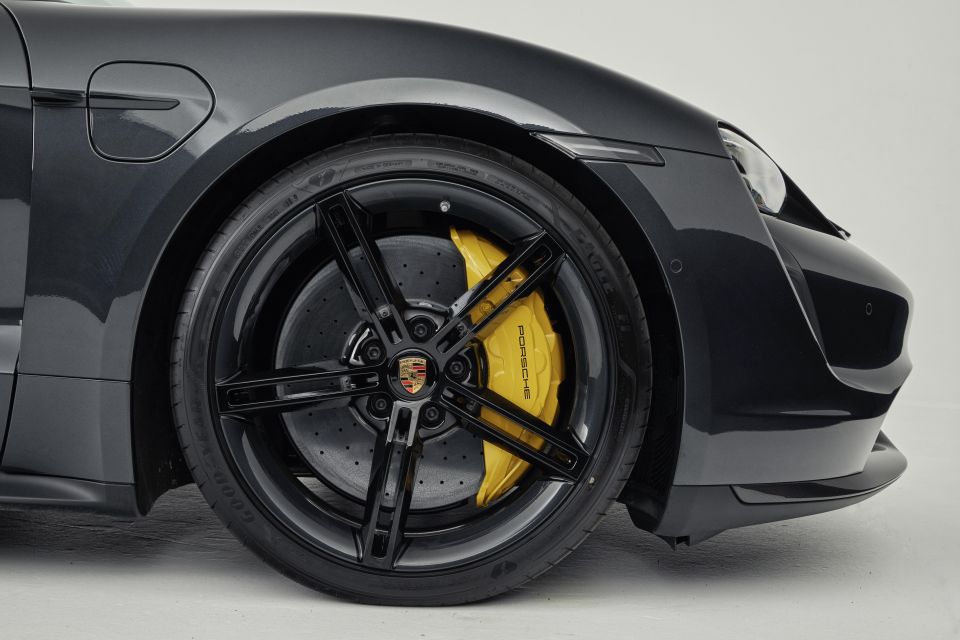

Contributor
Brakes are one of the most crucial mechanical aspects of any car, and have been the focus of significant innovation. From improvements in the materials used to make rotors in disc brakes, to technologies such as active brake drying and regenerative braking, the type and quality of the brakes that a car uses can have a substantial effect on its performance in everything from the daily commute to hot laps on the track.
Although drum brakes are still used on the rear wheels of several utes and more affordable cars sold today, they were far more common during the early-mid 20th century, when most cars tended to feature drum brakes on all four wheels. Disc brakes, initially the preserve of high-performance cars, began to proliferate during the 1970s and 80s, with the majority of new cars sold in Australia today featuring disc brakes on all four wheels.
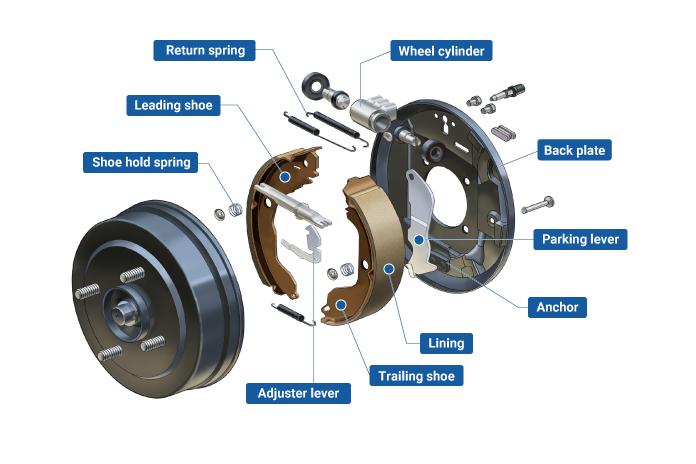
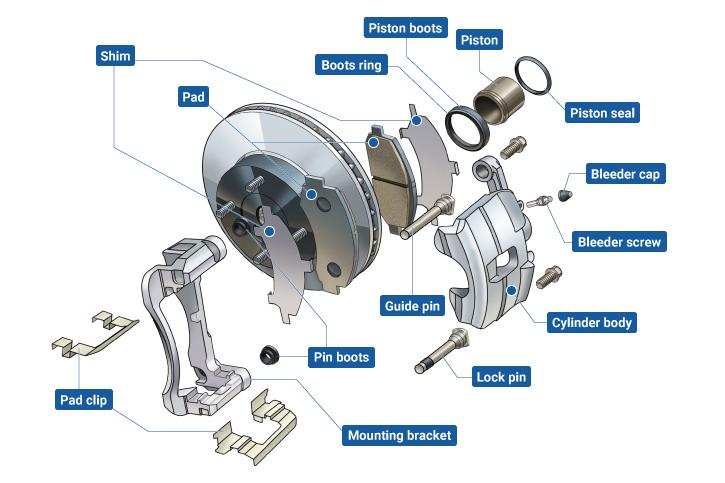
Both drums and disc brakes rely on the same fundamental physics principle of applying friction to slow down the turning motion of the wheels, and converting this kinetic energy to thermal energy (heat) as a by-product.
Drum brakes are known as such as the components of the brake are housed within an enclosed drum that is connected to the wheel. The drum brake consists of a set of ‘shoes’ lined with a high-friction material. When the driver applies the brake, these shoes press against the inside of the drum, thus applying friction that causes the wheels (and consequently the vehicle) to slow down.
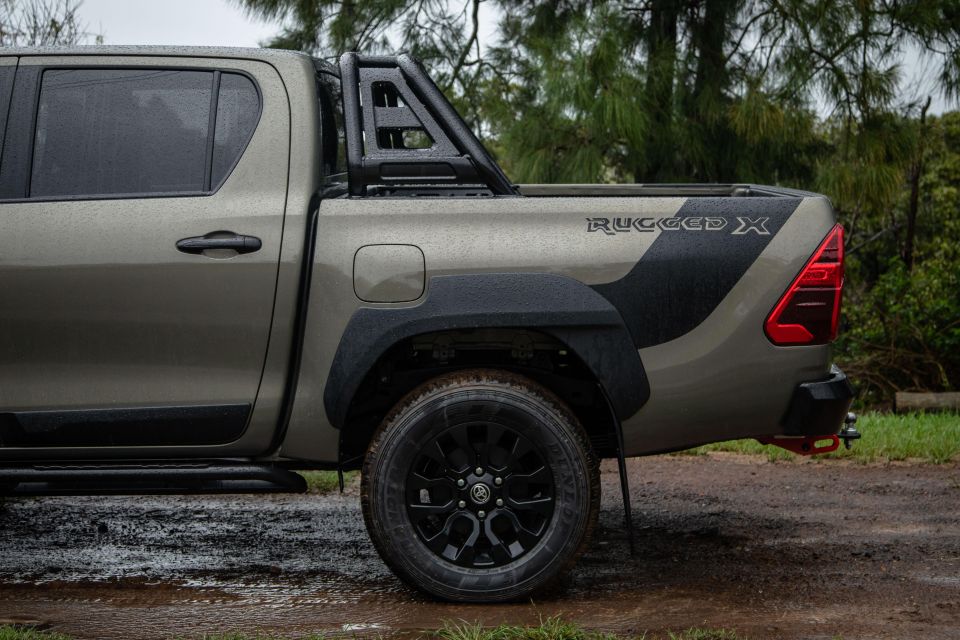
In contrast, disc brakes consist of an exposed rotor disc that is connected to the wheels, as well as calipers (on either side of the rotor) lined with high-friction brake pads. When the driver applies the brakes, the calipers clamp down on the rotor, thereby reducing wheel motion and slowing down the vehicle.
The stopping ability of both of these braking systems is dependent on their ability to dissipate heat. If the braking components become saturated with thermal energy, they overheat, can no longer continue to convert kinetic energy, and their stopping power fails.
It’s primarily for this reason why disc brakes offer superior braking performance. The enclosed nature of drum brakes makes them far more susceptible to trapping heat, to the extent that brake fade may become a common issue under repeated hard braking scenarios. In contrast, disc brakes are more exposed to the elements and ambient air, allowing heat to dissipate more quickly and reducing their tendency to fade under hard braking.
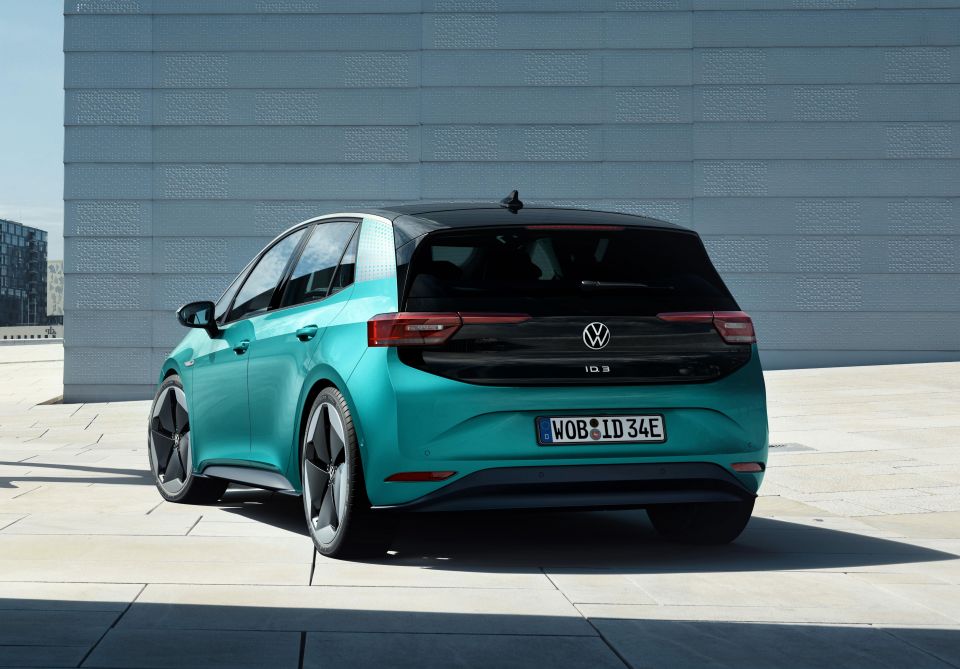
Nevertheless, drum brakes do offer some advantages. Perhaps the most important from an OEM perspective is that they’re cheaper to manufacture, making them ideal for entry-level cars where a combination of front discs (where a majority of stopping power is provided) and rear drums is more than adequate.
Some brake suppliers such as Continental also claim that drum brakes are appropriate for electric vehicles. With many EVs needing to use friction brakes less often due to the presence of regenerative braking and one-pedal driving (discussed in more depth below), durability becomes a key consideration. The enclosed nature of a drum brake makes it more resistant to corrosion, whilst its comparatively lighter weight may also assist in optimising the all-important vehicle range.
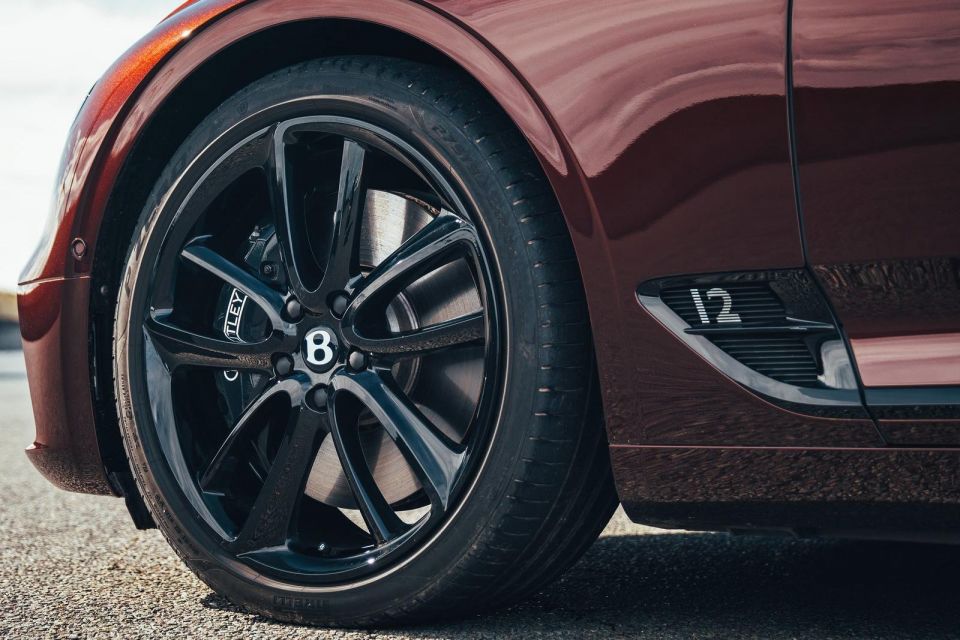
Whilst they share the same basic design, not all disc brakes are created equal. Apart from variances in the size of the rotor and calipers, the materials these components are made from can also have a significant impact on braking performance.
Standard disc brakes are usually made from iron, and in most everyday driving scenarios offer more than adequate performance. Offering disc brakes made from materials other than iron can be a significant added cost, and so many manufacturers of more affordable performance vehicles aim to maximise braking performance through the use of larger calipers and rotors and better ventilation, rather than more exotic materials. The standard Bentley Continental GT, for example, features front rotors with a diameter of 420 mm, some of the largest iron brakes available on the market today.
For very high performance vehicles, more exotic materials can nevertheless tangibly improve braking performance. Porsche should arguably be credited for one of the more recent material innovations in this space with its PSCB (Porsche Surface Coated Brake) technology.
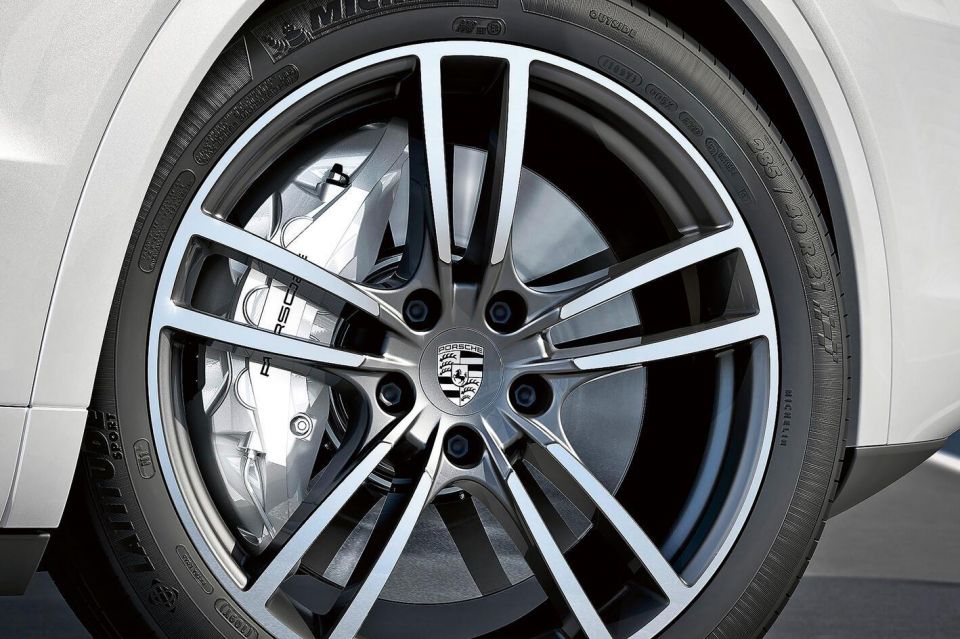
This innovation takes a standard iron brake rotor, but uses a specialised oxy-fuel spraying process to add a 100 micrometre thick layer of tungsten carbide – an extremely hard material with scratch resistance properties approaching that of a diamond. In conjunction, Porsche developed unique brake pads featuring microscopic particles that ensure the pads cling to the disc, to maximise stopping performance. The German firm claims these developments allow it to offer a braking system that produces 90% less brake dust than an iron system, as well as fade-free performance even at high temperatures, for a price one-third of an extreme performance carbon ceramic system.
Carbon ceramic brakes remain the ultimate performance braking system, and are especially suitable for cars that participate regularly in events on the track. Commercialised by exotic supercars such as the Ferrari Enzo, Mercedes-McLaren SLR and Porsche Carrera GT, carbon ceramic brakes are generally an expensive option (typically ranging from $10-20,000 extra) over standard iron brakes.
Made from composites such as carbon silicon carbide, these systems have a higher friction coefficient than typical iron systems, resulting in reduced stopping distances, as well as excellent heat resistance, to the extent that they are fade free even at high temperatures under repeated harsh braking. Additionally, their light weight reduces unsprung mass, improving vehicle dynamics and handling compared to the conventional alternative.
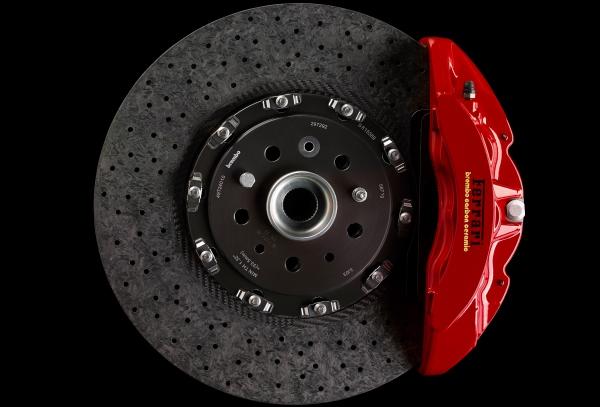
Many performance cars come fitted with brake rotors that are slotted, or have holes drilled into them. The rationale for this is twofold. Apart from providing further ventilation and enabling heat to escape, drilled/slotted discs also assist in getting rid of moisture more quickly in wet conditions. Nevertheless, the impact of these rotors is likely to be limited in everyday situations.
As mentioned above, the most notable innovation in braking systems recently has to do with electrified vehicles, and is known as regenerative braking. This is a system that not only slows the car down, but also feeds charge back into the battery. In some EVs, such as the Nissan Leaf’s e-Pedal system, it’s also the basis for single-pedal driving. Regenerative braking has been covered in more detail in a separate article here.
Many cars now also offer what is known as a ‘brake-by-wire’ system. Unlike conventional hydraulic systems, the force applied by the driver on the brake pedal doesn’t directly control the resulting stopping power. Instead, a sensor detects the amount of force applied, and then transmits the appropriate signal to a control unit that activates an electric pump that generates the desired hydraulic pressure. In vehicles such as the BMW M8, the main advantage of this is enabling a customisable brake pedal feel, that can be altered based on the driving mode (or independently).
Another relatively recent development is active brake drying. Available primarily in models from the German brands, this system links brake operation to the rain sensor (typically used to detect rain for the rain sensing wipers). If the rain sensor detects rainy weather, the brake calipers intermittently move close to the rotors, enabling them to stay dry and retain optimal performance in wet conditions.


Damion Smy
27 Minutes Ago


Matt Robinson
3 Hours Ago


Damion Smy
3 Hours Ago


Damion Smy
17 Hours Ago


Damion Smy
19 Hours Ago


Damion Smy
20 Hours Ago